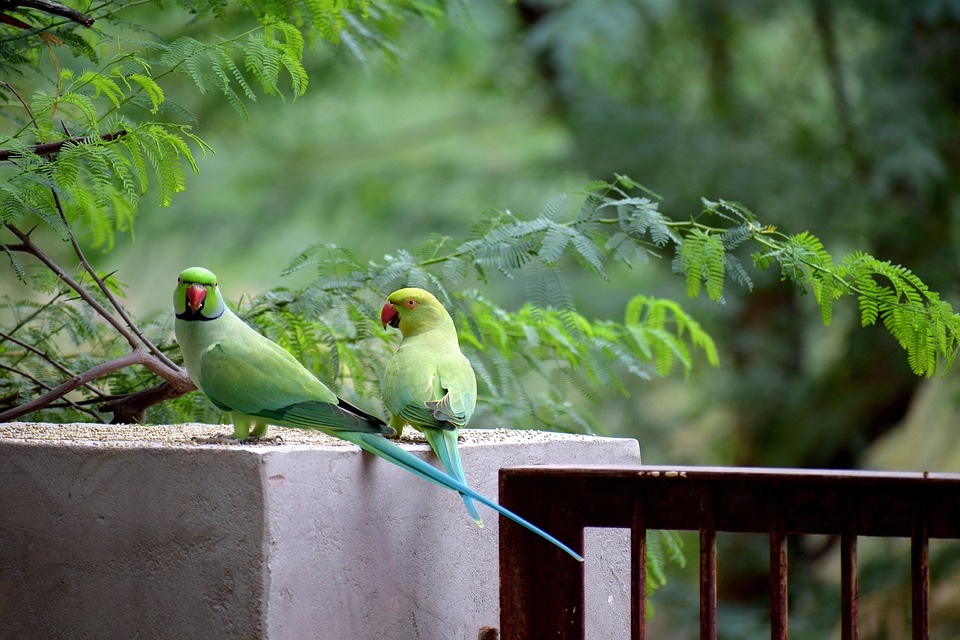In this article, we have explored the importance of mate bonding in parrots. Mate bonding plays a significant role in their social structure and overall well-being. We have discussed the benefits of mate bonding, including emotional well-being, reduced stress and anxiety, enhanced cognitive abilities, and improved overall health and longevity.
We have also highlighted some common signs of mate bonding in parrots, such as preening and grooming behaviors, vocalizations and calls, feeding rituals and sharing of food, and nesting activities and territorial defense. It is essential for parrot owners to recognize and understand these behaviors to ensure the well-being of their feathered friends.
Additionally, we have discussed some common challenges in mate bonding, including compatibility issues between parrots, the impact of separation or loss of a mate, and behavioral problems arising from inadequate mate bonding. These challenges can be addressed by providing a suitable environment, encouraging social interactions and playtime, and utilizing consistent training and positive reinforcement techniques.
To further enhance our understanding of mate bonding in parrots, we have provided answers to some frequently asked questions. These questions address topics such as the time required for mate bonding, the possibility of parrots bonding with humans instead of other parrots, what to do if a parrot is not bonding with its mate, the ability of parrots to form strong bonds with multiple mates, and the process of introducing a new mate to an existing bonded pair.
In conclusion, understanding and nurturing mate bonding in parrots is crucial for their overall well-being and happiness. By providing a suitable environment, encouraging social interactions, and addressing any challenges that arise, we can ensure a fulfilling and enriched life for our feathered companions. Remember, a strong mate bond contributes to a healthy and contented parrot.









